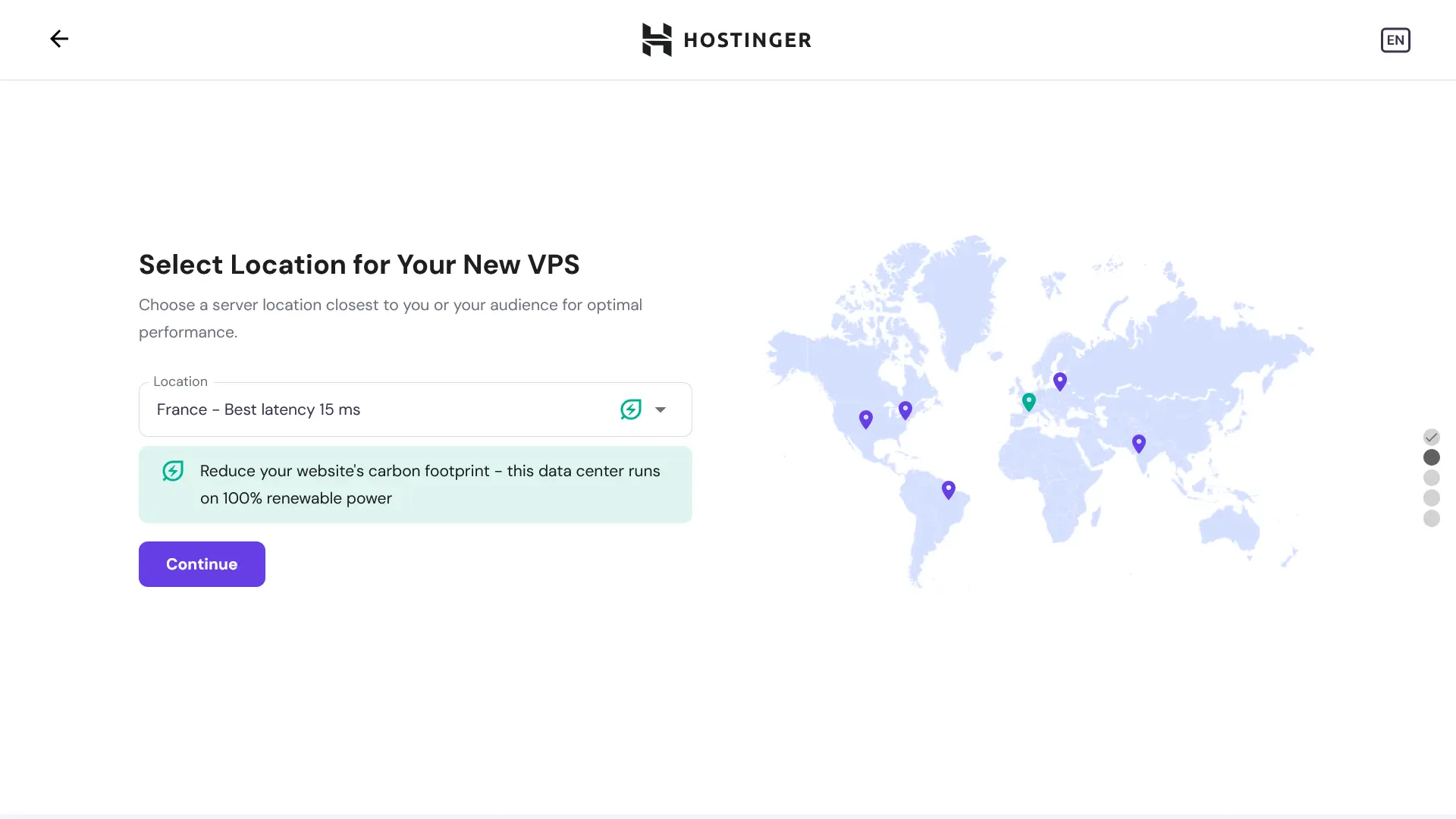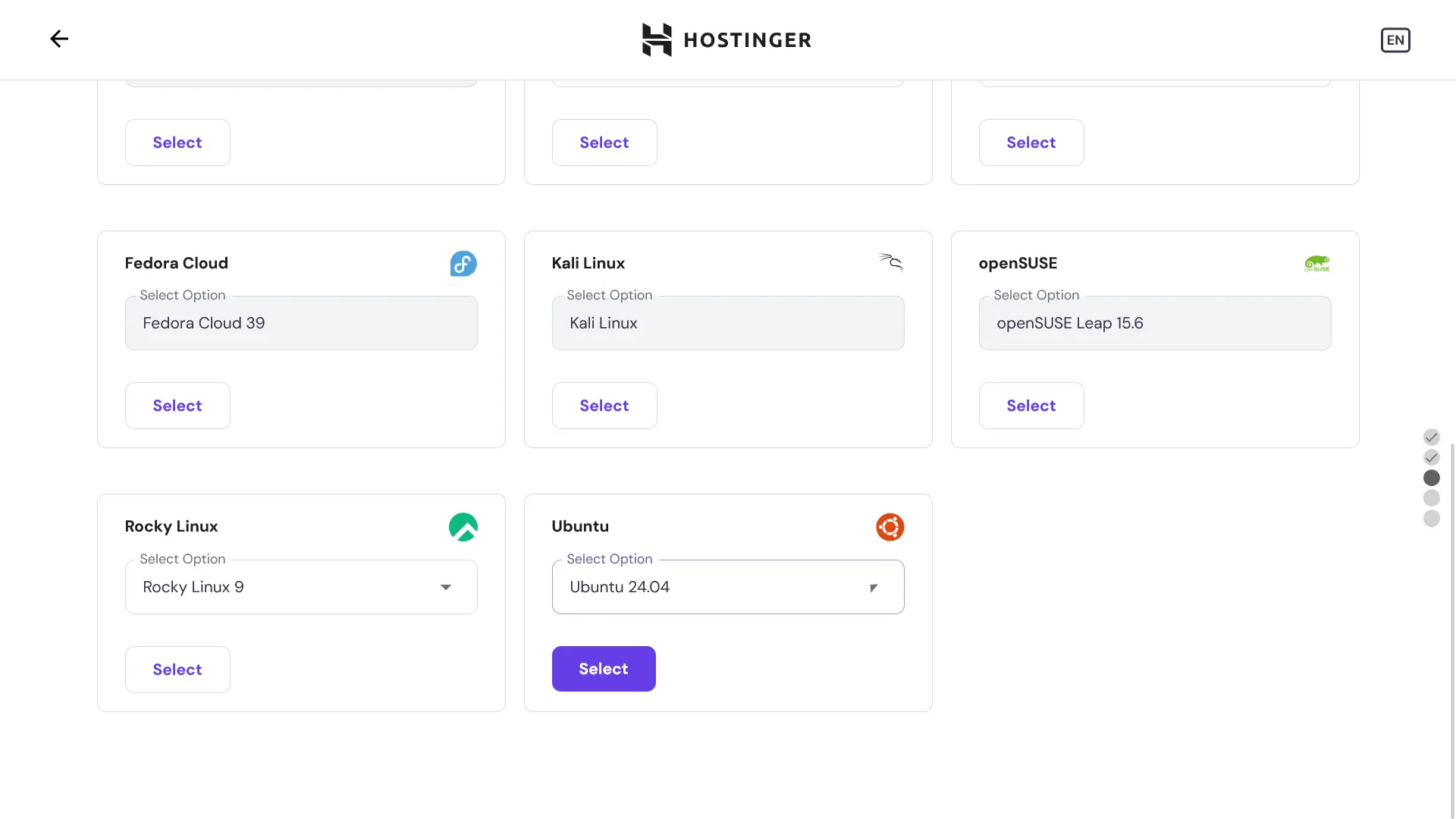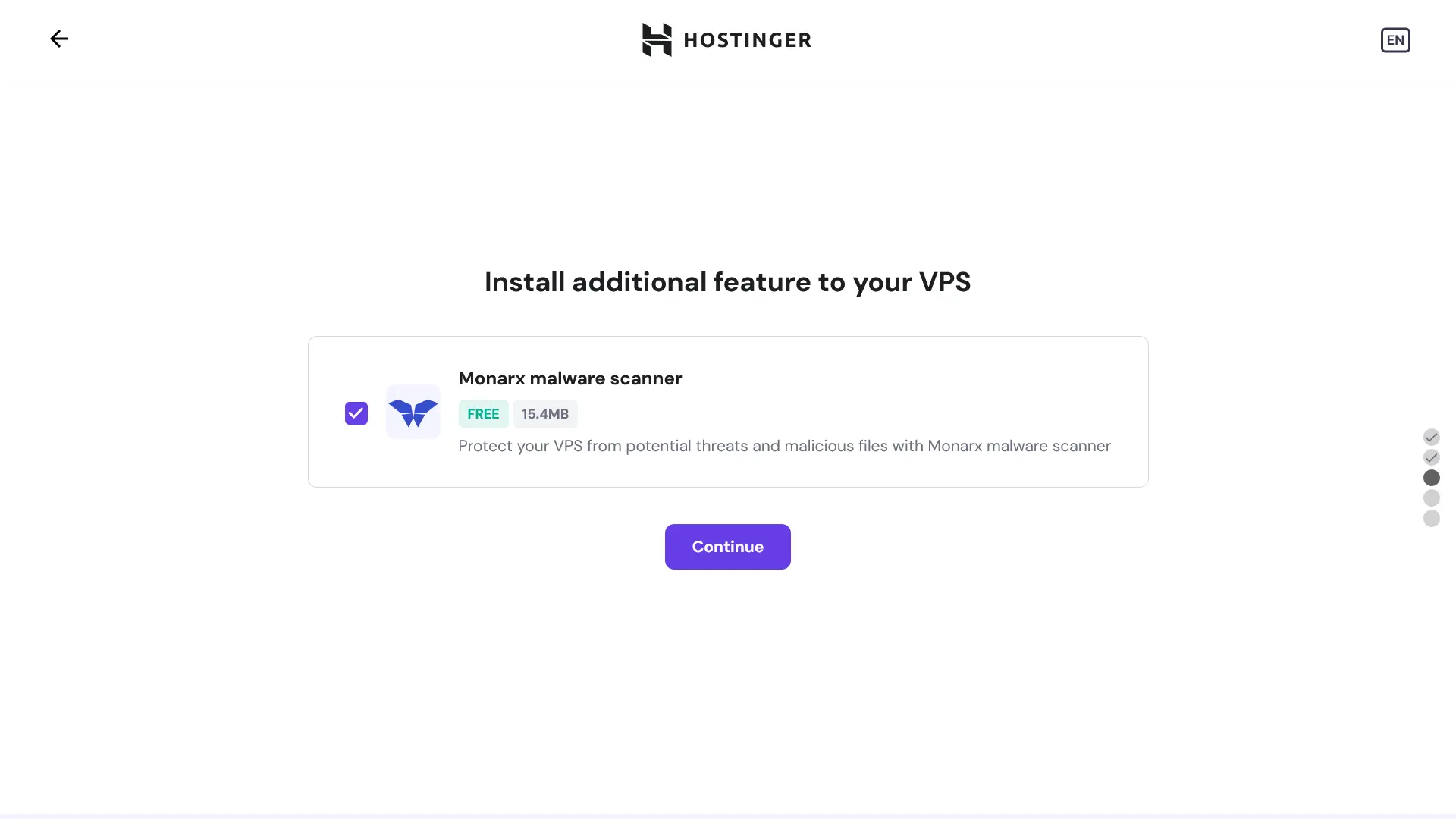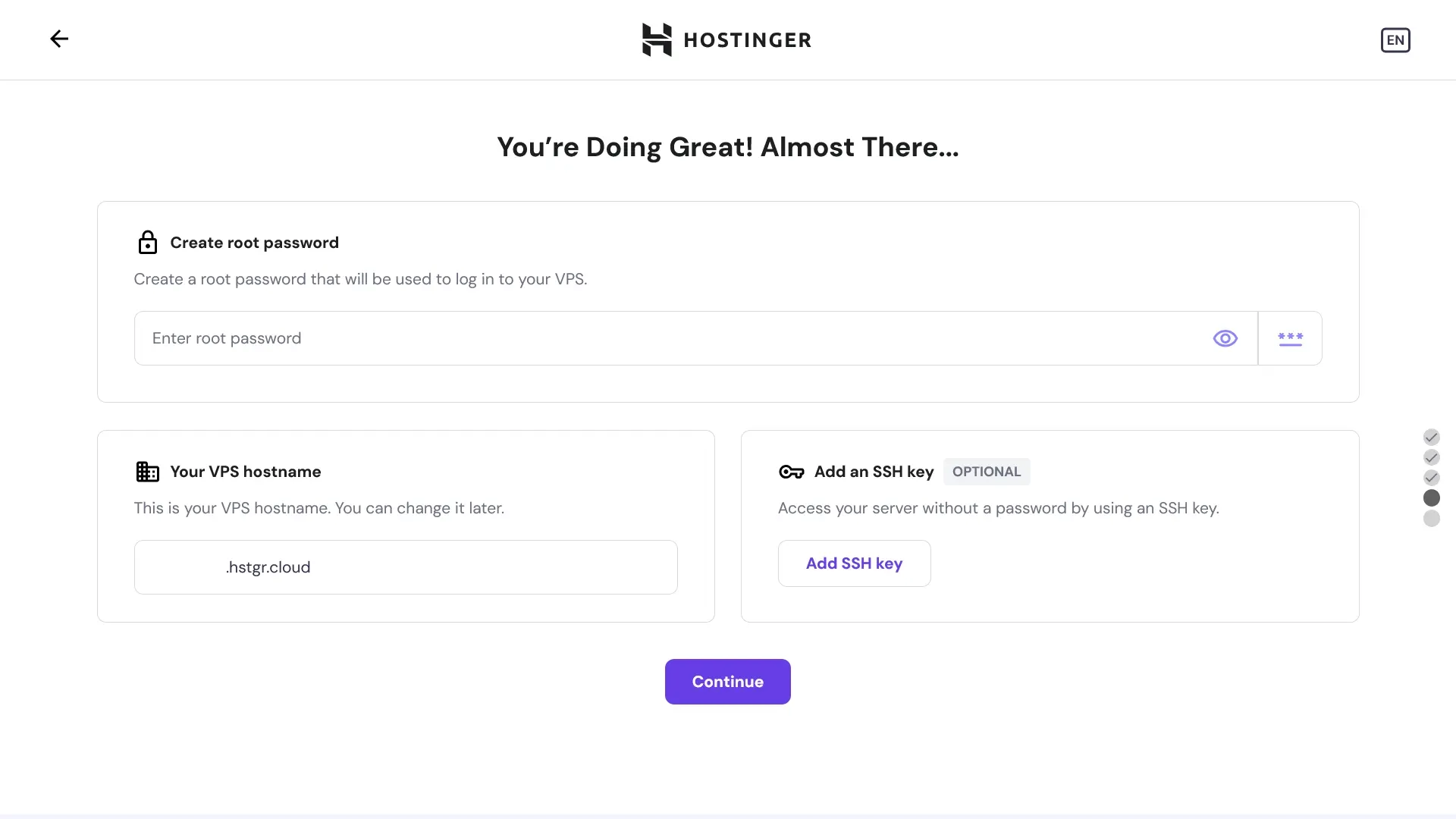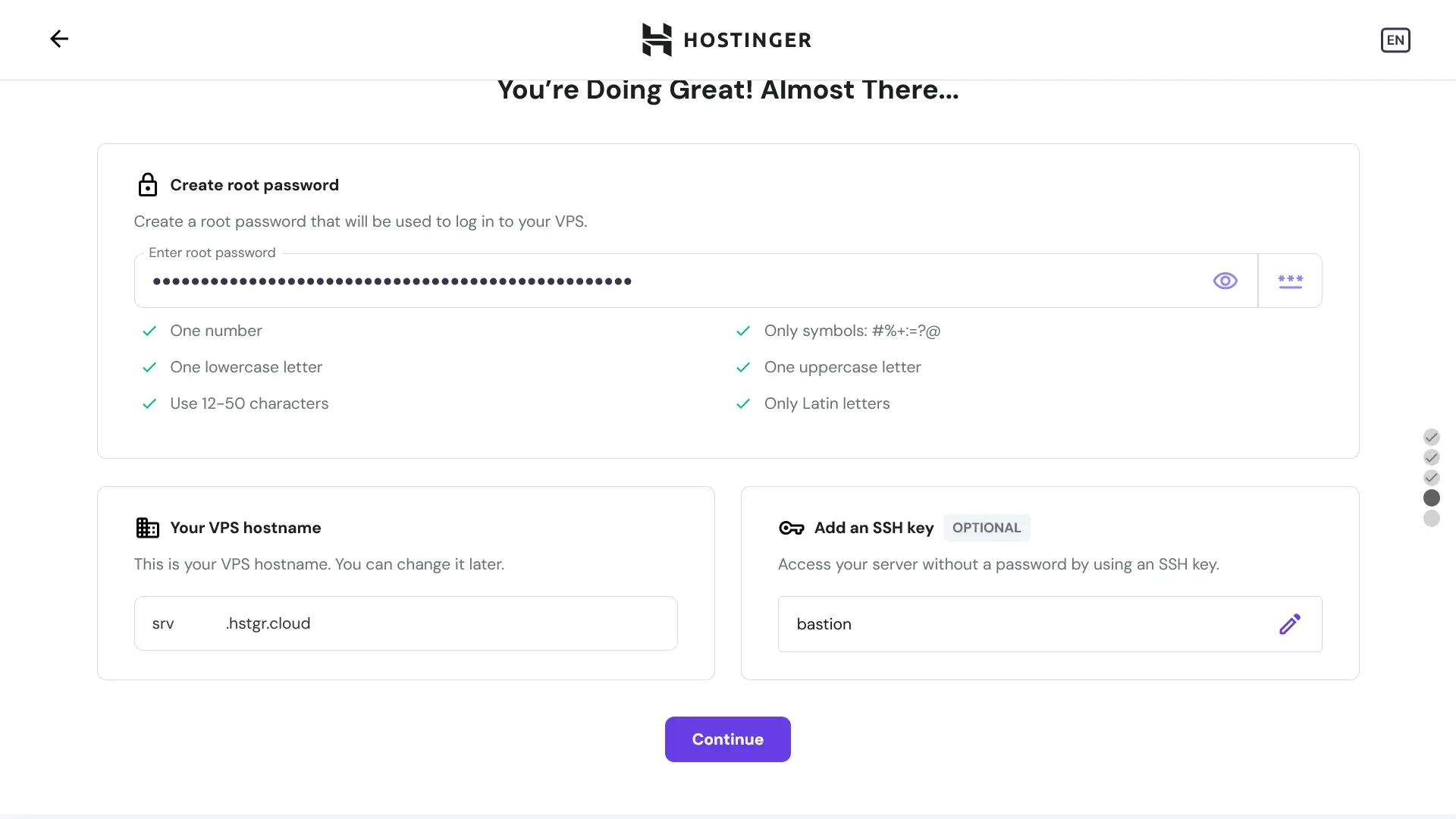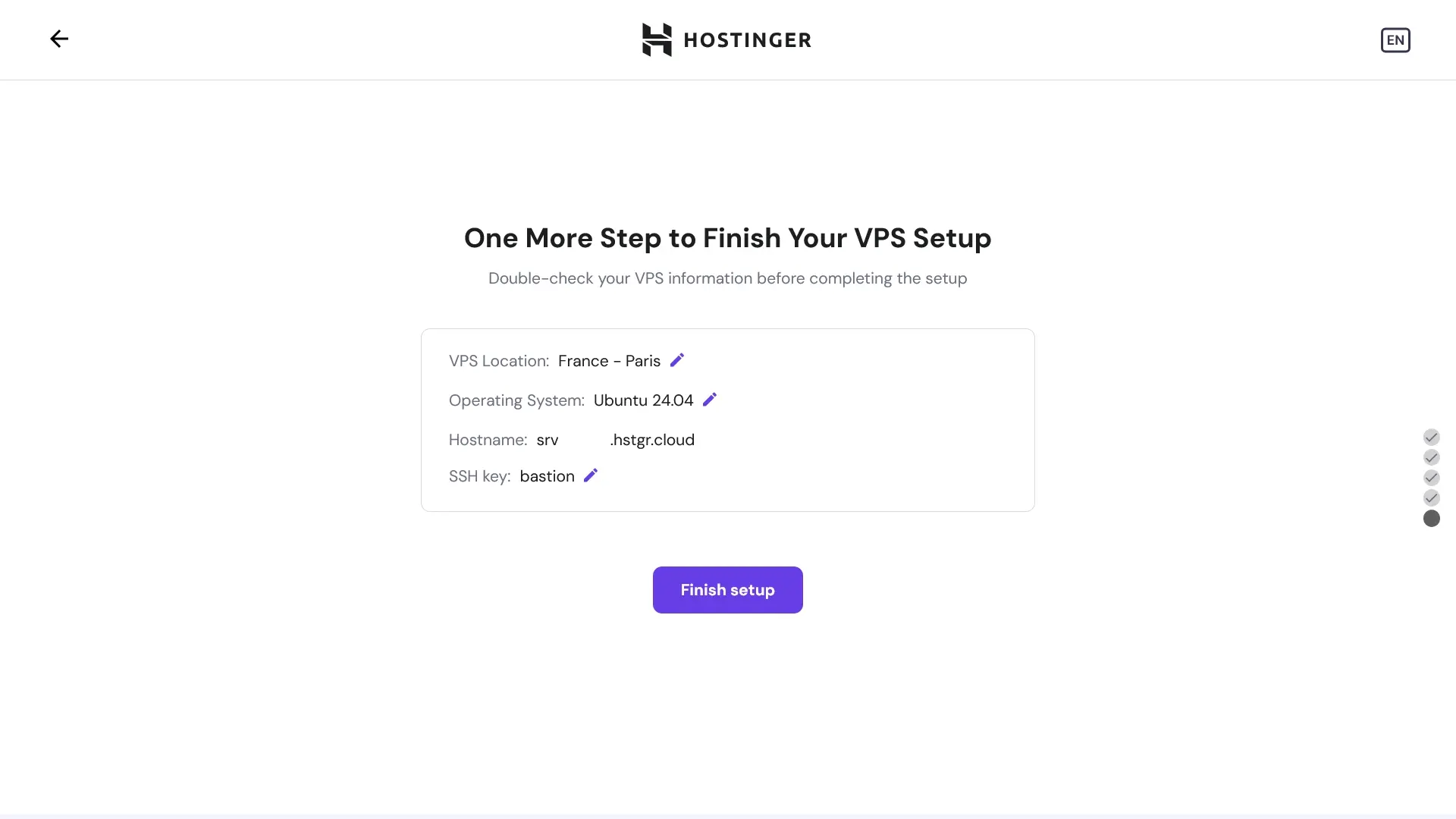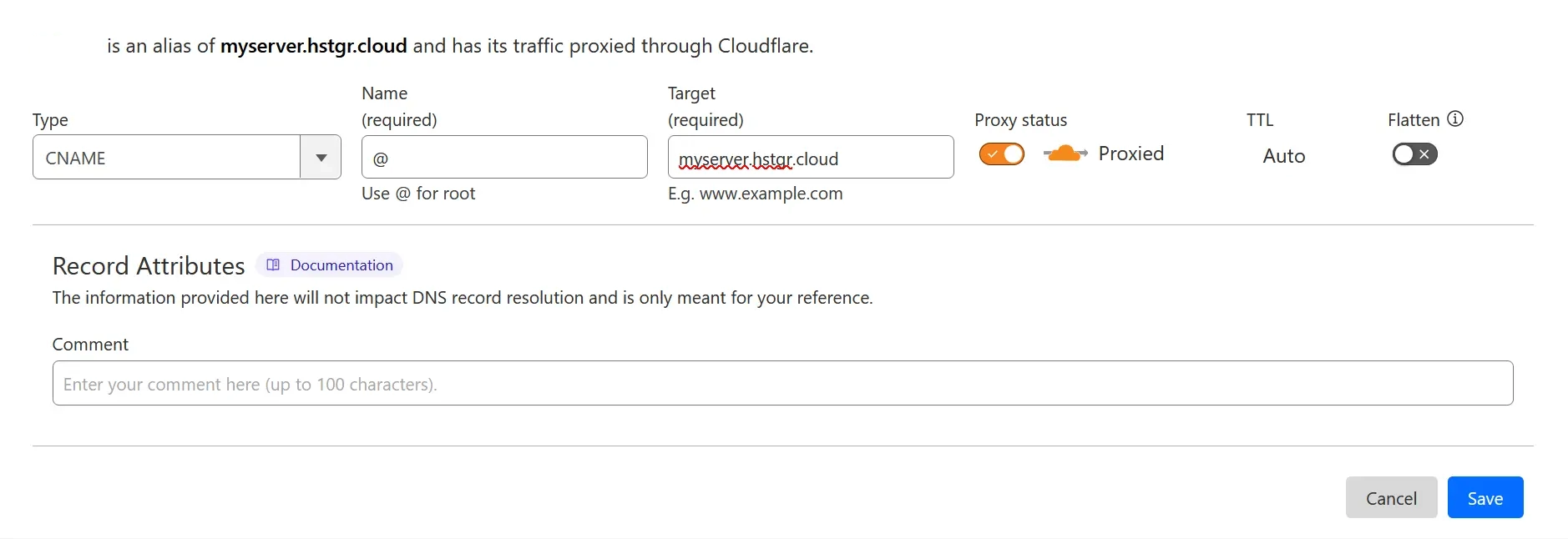This repository contains configurations and instructions that can be used for deploying Revolt.
Warning
If you are updating an instance from before November 28, 2024, please see the notices section at the bottom of this README!
Important
A list of security advisories is provided at the bottom.
Note
Please consult What can I do with Revolt, and how do I self-host? on our developer site for information about licensing and brand use.
Note
amd64 builds are not currently available for the web client.
To get started, find yourself a suitable server to deploy onto, we recommend starting with at least 2 vCPUs and 2 GB of memory.
Tip
We've partnered with Hostinger to bring you a 20% discount off VPS hosting!
👉 https://www.hostinger.com/vps-hosting?REFERRALCODE=REVOLTCHAT
We recommend using the KVM 2 plan at minimum!
Our testing environment for self-hosted currently sits on a KVM 2 instance, and we are happy to assist with issues.
The instructions going forward will use Hostinger as an example hosting platform, but you should be able to adapt these to other platforms as necessary. There are important details throughout.
When asked, choose Ubuntu Server as your operating system; this is used by us in production, and we recommend its use.
If you've chosen to go with Hostinger, they include integrated malware scanning, which may be of interest:
You should set a secure root password for login (or disable password login after setup, which is explained later! but you shouldn't make the password trivial until after this is secured at least!) and we recommend that you configure an SSH key:
Make sure to confirm everything is correct!
Wait for your VPS to be created...
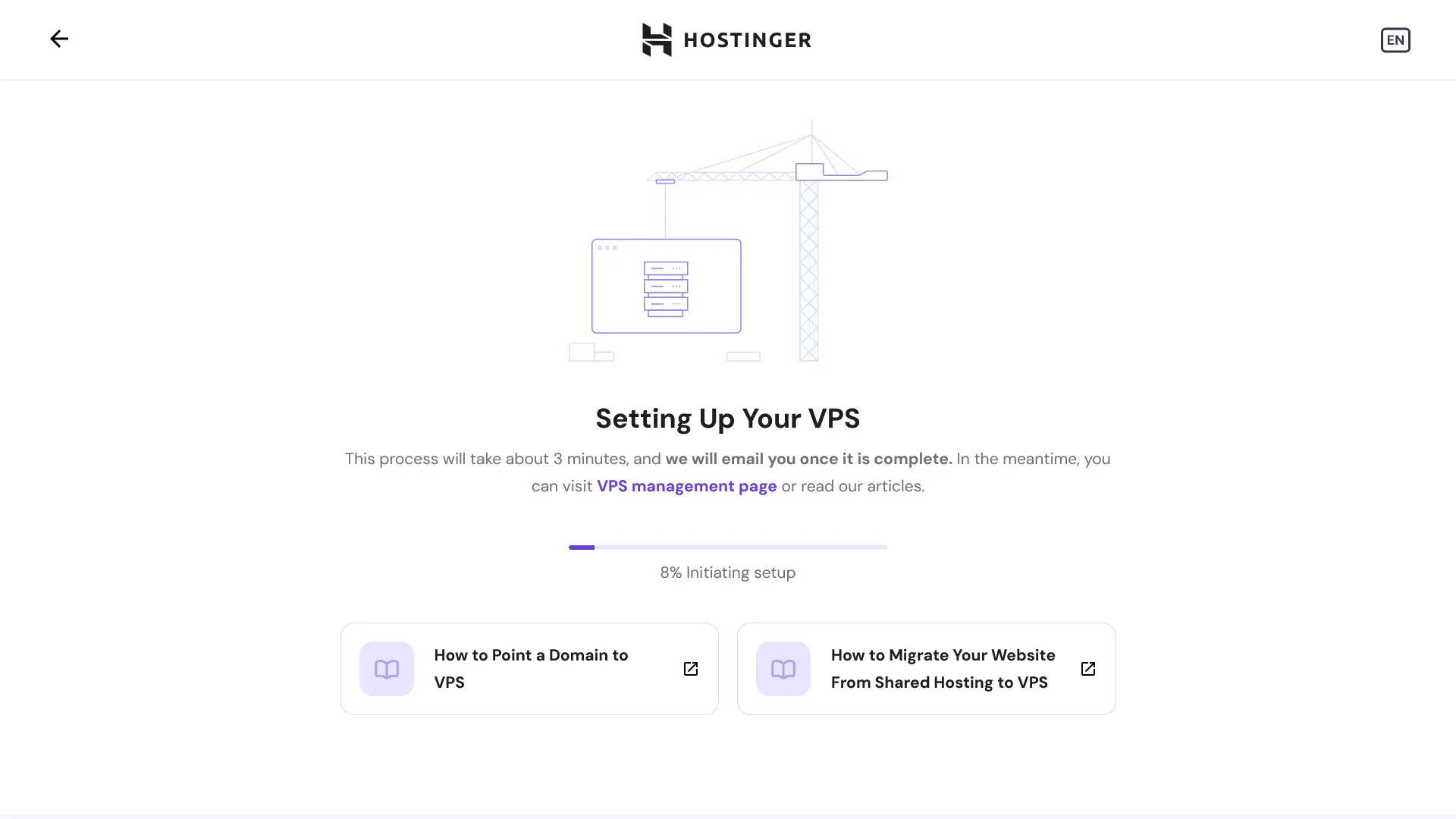 |
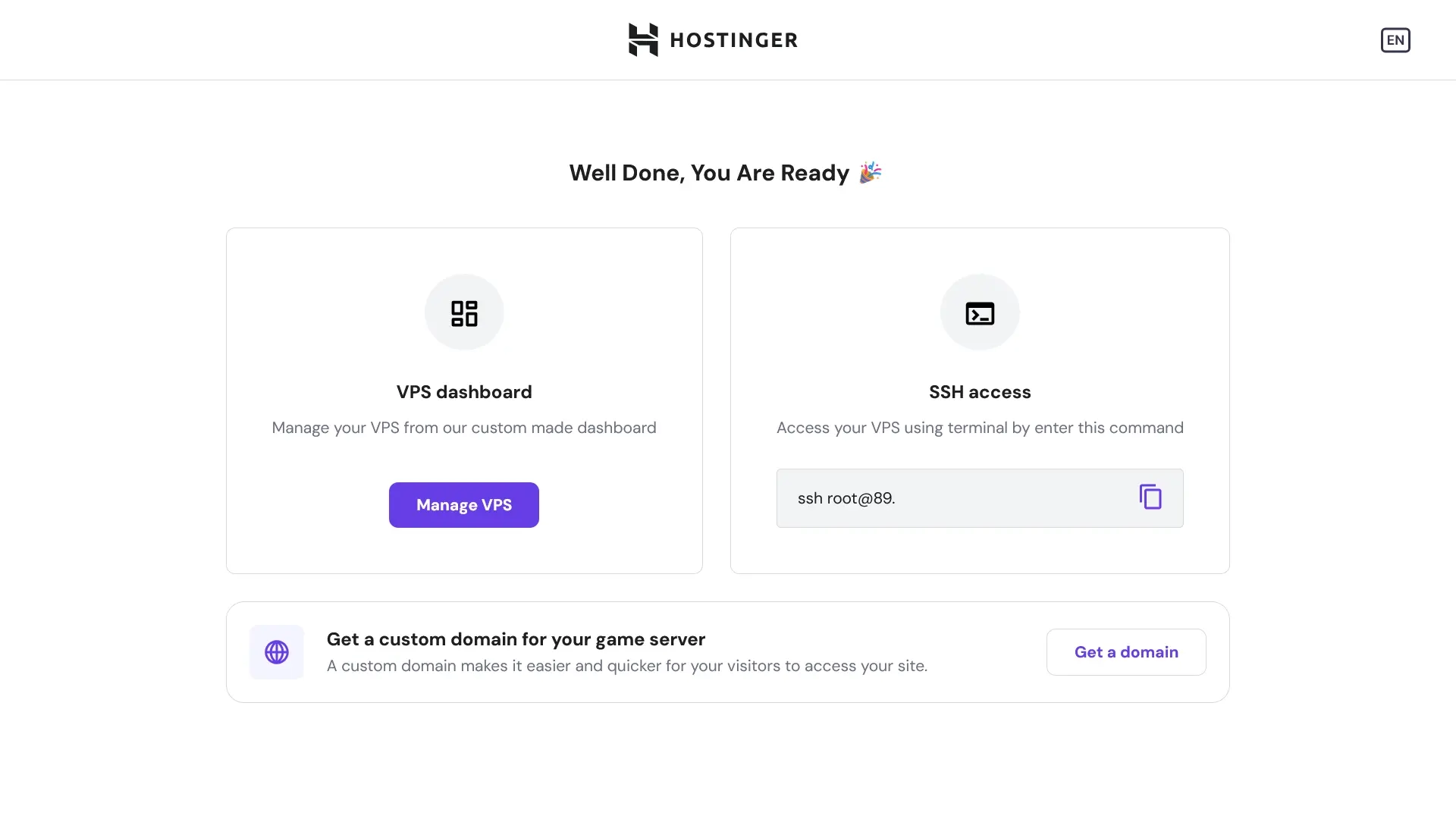 |
|---|
After installation, SSH into the machine:
# use the provided IP address to connect:
ssh root@<ip address>
# .. if you have a SSH key configured
ssh root@<ip address> -i path/to/id_rsaAnd now we can proceed with some basic configuration and securing the system:
# update the system
apt-get update && apt-get upgrade -y
# configure firewall
ufw allow ssh
ufw allow http
ufw allow https
ufw default deny
ufw enable
# if you have configured an SSH key, disable password authentication:
sudo sed -E -i 's|^#?(PasswordAuthentication)\s.*|\1 no|' /etc/ssh/sshd_config
if ! grep '^PasswordAuthentication\s' /etc/ssh/sshd_config; then echo 'PasswordAuthentication no' |sudo tee -a /etc/ssh/sshd_config; fi
# reboot to apply changes
rebootYour system is now ready to proceed with installation, but before we continue, you should configure your domain.
Your domain (or a subdomain) should point to the server's IP (A and AAAA records) or CNAME to the hostname provided.
Next, we must install the required dependencies:
# ensure Git and Docker are installed
apt-get update
apt-get install ca-certificates curl git micro
install -m 0755 -d /etc/apt/keyrings
curl -fsSL https://download.docker.com/linux/ubuntu/gpg -o /etc/apt/keyrings/docker.asc
chmod a+r /etc/apt/keyrings/docker.asc
echo \
"deb [arch=$(dpkg --print-architecture) signed-by=/etc/apt/keyrings/docker.asc] https://download.docker.com/linux/ubuntu \
$(. /etc/os-release && echo "$VERSION_CODENAME") stable" | \
sudo tee /etc/apt/sources.list.d/docker.list > /dev/null
apt-get update
apt-get install docker-ce docker-ce-cli containerd.io docker-buildx-plugin docker-compose-pluginNow, we can pull in the configuration for Revolt:
git clone https://github.com/revoltchat/self-hosted revolt
cd revoltGenerate a configuration file by running:
chmod +x ./generate_config.sh
./generate_config.sh your.domainYou can find more options here, some noteworthy configuration options:
- Email verification
- Captcha
- A custom S3 server
- iOS & Android notifications (Requires Apple/Google developer accounts)
If you'd like to edit the configuration, just run:
micro Revolt.tomlFinally, we can start up Revolt. First, run it in the foreground with:
docker compose upIf it runs without any critical errors, you can stop it with Ctrl + C and run it detached (in the background) by appending -d.
docker compose up -dBefore updating, ensure you consult the notices at the top of this README, as well as the notices at the bottom, to check if there are any important changes to be aware of.
Pull the latest version of this repository:
git pullCheck if your configuration file is correct by opening the reference config file and your Revolt.toml to compare changes.
Then pull all the latest images:
docker compose pullThen restart the services:
docker compose up -dThis guide assumes you know your way around a Linux terminal and Docker.
Prerequisites before continuing:
Clone this repository.
git clone https://github.com/revoltchat/self-hosted revolt
cd revoltCreate .env.web and download Revolt.toml, then modify them according to your requirements.
Warning
The default configurations are intended exclusively for testing and will only work locally. If you wish to deploy to a remote server, you must edit the URLs in .env.web and Revolt.toml. Please reference the section below on configuring a custom domain.
echo "HOSTNAME=http://local.revolt.chat" > .env.web
echo "REVOLT_PUBLIC_URL=http://local.revolt.chat/api" >> .env.web
wget -O Revolt.toml https://raw.githubusercontent.com/revoltchat/backend/main/crates/core/config/Revolt.tomlThen start Revolt:
docker compose up -dTo configure a custom domain, you can either generate a config for https by running:
chmod +x ./generate_config.sh
./generate_config.sh your.domain
Or alternatively do it manually, you will need to replace all instances of local.revolt.chat in Revolt.toml and .env.web to your chosen domain (here represented as example.com), like so:
# .env.web
- REVOLT_PUBLIC_URL=http://local.revolt.chat/api
+ REVOLT_PUBLIC_URL=http://example.com/api# Revolt.toml
- app = "http://local.revolt.chat"
+ app = "http://example.com"In the case of HOSTNAME, you must strip the protocol prefix:
# .env.web
- HOSTNAME=http://example.com
+ HOSTNAME=example.comYou will likely also want to change the protocols to enable HTTPS:
# .env.web
- REVOLT_PUBLIC_URL=http://example.com/api
+ REVOLT_PUBLIC_URL=https://example.com/api# Revolt.toml
- app = "http://example.com"
+ app = "https://example.com"
- events = "ws://example.com/ws"
+ events = "wss://example.com/ws"If you'd like to place Revolt behind another reverse proxy or on a non-standard port, you'll need to edit compose.yml.
Override the port definitions on caddy:
# compose.yml
services:
caddy:
ports:
- "1234:80"Warning
This file is not included in .gitignore. It may be sufficient to use an override file, but that will not remove port 80 / 443 allocations.
Update the hostname used by the web server:
# .env.web
- HOSTNAME=http://example.com
+ HOSTNAME=:80You can now reverse proxy to http://localhost:1234.
You can insecurely expose the database by adding a port definition:
# compose.override.yml
services:
database:
ports:
- "27017:27017"For obvious reasons, be careful doing this.
Older processors may not support the latest MongoDB version; you may pin to MongoDB 4.4 as such:
# compose.override.yml
services:
database:
image: mongo:4.4Enable invite-only mode by setting invite_only in Revolt.toml to true.
Create an invite:
# drop into mongo shell
docker compose exec database mongosh
# create the invite
use revolt
db.invites.insertOne({ _id: "enter_an_invite_code_here" })Important
If you deployed Revolt before 2022-10-29, you may have to tag the minio image release if it's configured in "fs" mode.
image: minio/minio:RELEASE.2022-10-24T18-35-07ZImportant
If you deployed Revolt before 2023-04-21, you may have to flush your Redis database.
# for stock Redis and older KeyDB images:
docker compose exec redis redis-cli
# ...or for newer KeyDB images:
docker compose exec redis keydb-cli
# then run:
FLUSHDBImportant
As of 30th September 2024, Autumn has undergone a major refactor, which requires a manual migration.
To begin, add a temporary container that we can work from:
# compose.override.yml
services:
migration:
image: node:21
volumes:
- ./migrations:/cwd
command: "bash -c 'while true; do sleep 86400; done'"Then switch to the shell:
docker compose up -d database migration
docker compose exec migration bashNow we can run the migration:
cd /cwd
npm i mongodb
node ./20240929-autumn-rewrite.mjsImportant
As of November 28, 2024, the following breaking changes have been applied:
- Rename config section
api.vapid->pushd.vapid - Rename config section
api.fcm->pushd.fcm - Rename config section
api.apn->pushd.apn
These will NOT automatically be applied to your config and must be changed/added manually.
The following components have been added to the compose file:
- Added
rabbit(RabbitMQ) andpushd(Revolt push daemon)
- (
2024-06-21) GHSA-f26h-rqjq-qqjq revoltchat/backend: Unrestricted account creation. - (
2024-12-17) GHSA-7f9x-pm3g-j7p4 revoltchat/january: January service can call itself recursively, causing heavy load. - (
2025-02-10) GHSA-8684-rvfj-v3jq revoltchat/backend: Webhook tokens are freely accessible for users with read permissions. - (
2025-02-10) GHSA-h7h6-7pxm-mc66 revoltchat/backend: Nearby message fetch requests can be crafted to fetch entire message history.






